Workshop 1: Air Pollution and Human Health
Invited Keynote
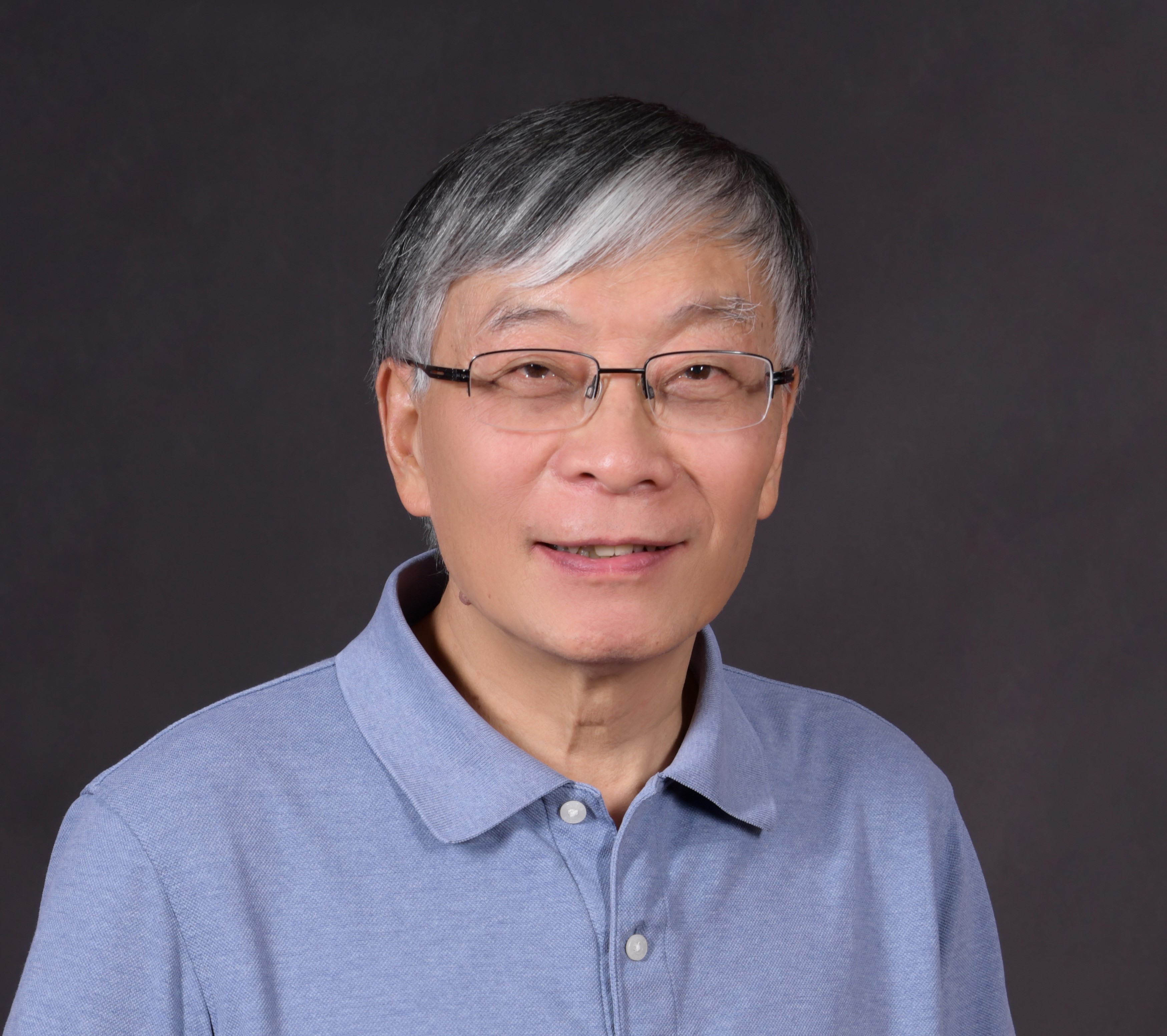 |
Prof. Shu TAO Professor Topic: Date: 6 July 2023 |
|
Abstract: |
|
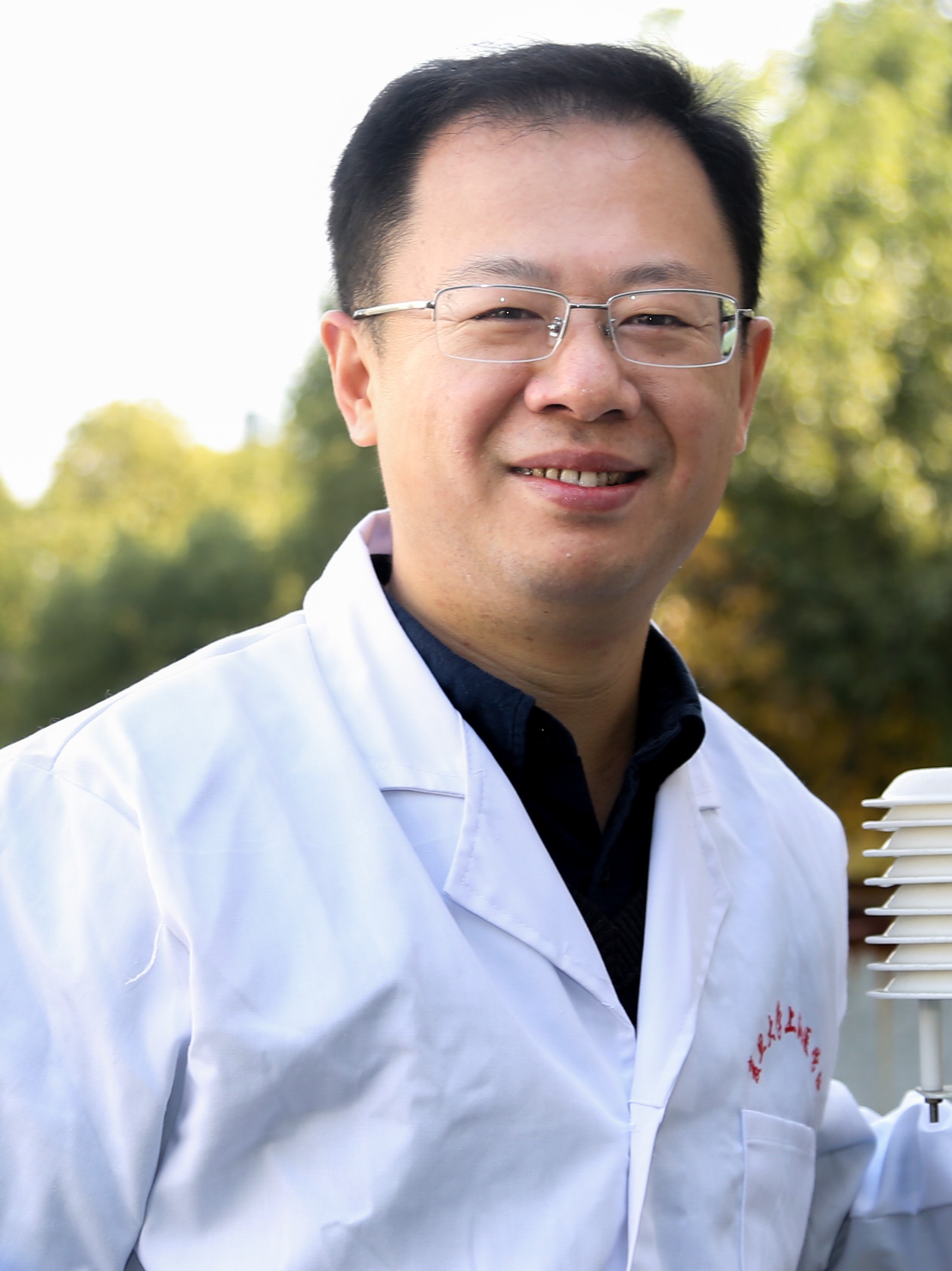 |
Prof. Haidong KAN Professor Topic: Date: 6 July 2023 |
|
Abstract: |
|
_______________________________________________________________________________
Speakers
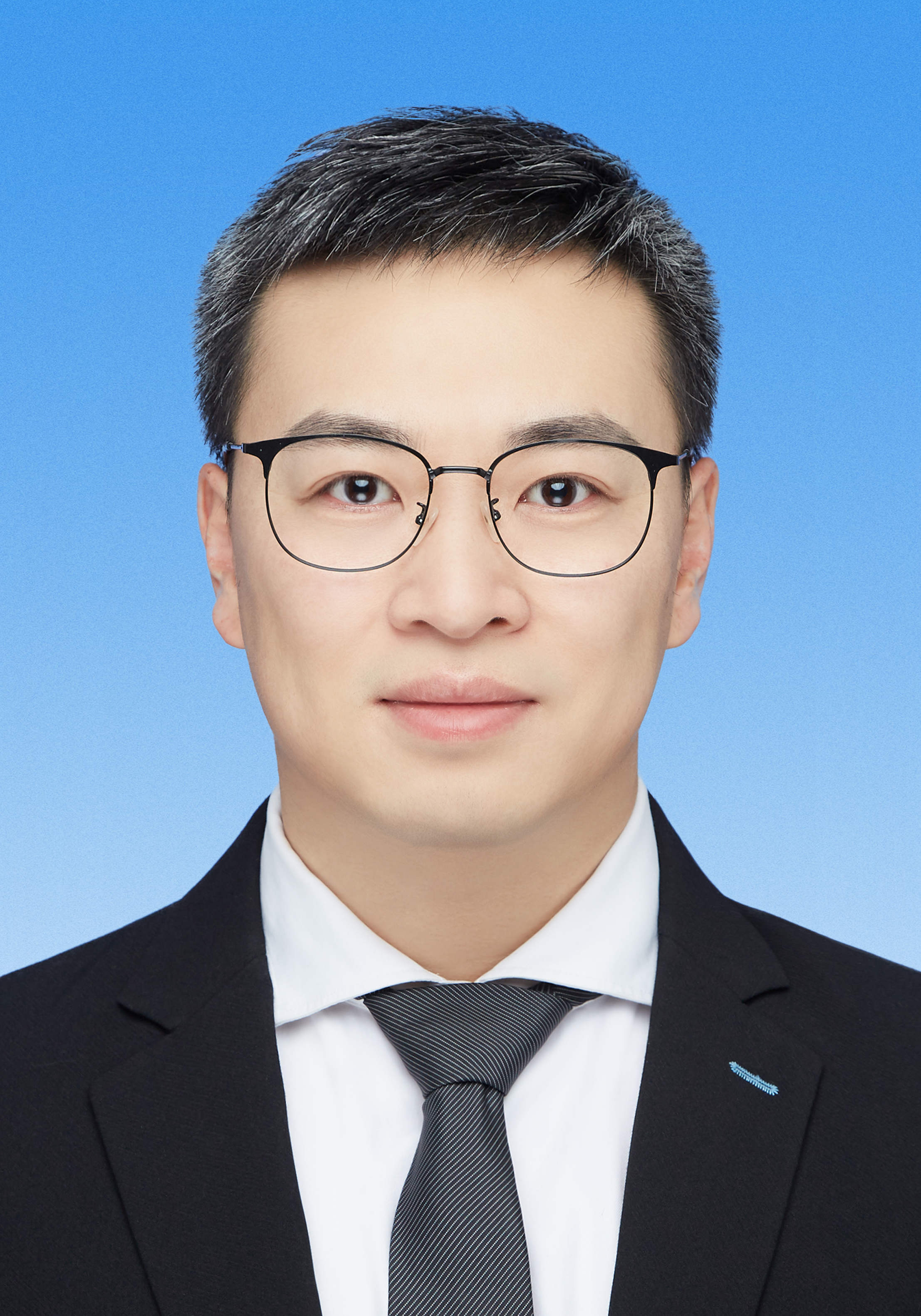 |
Prof. Guangbo QU Professor Topic: Date: 6 July 2023 |
|
Abstract: |
|
 |
Prof. Maosheng YAO Professor Topic: Date: 6 July 2023 |
|
Abstract: |
|
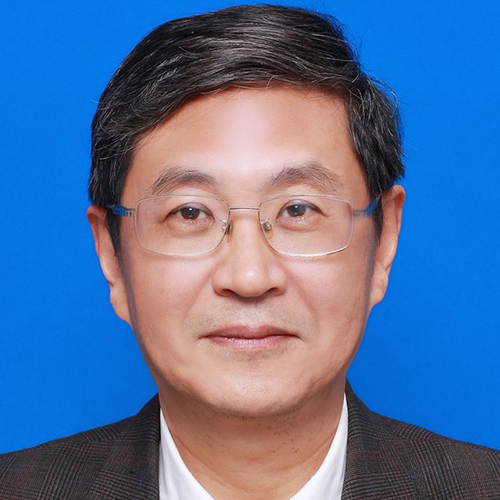 |
Prof. Daqiang YIN Professor Topic: Date: 6 July 2023 |
|
Abstract: |
|
_______________________________________________________________________________
Invited Keynote
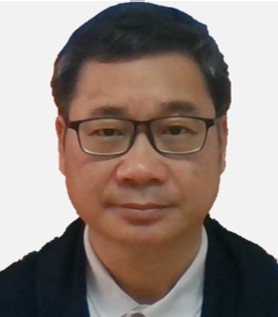 |
Prof. Gan ZHANG Director of the State Kay Laboratory of Organic Geochemistry Guangzhou Institute of Geochemistry, Chinese Academy of Sciences, China Topic: Date: 6 July 2023 |
|
Abstract: |
|
_______________________________________________________________________________
Speaker
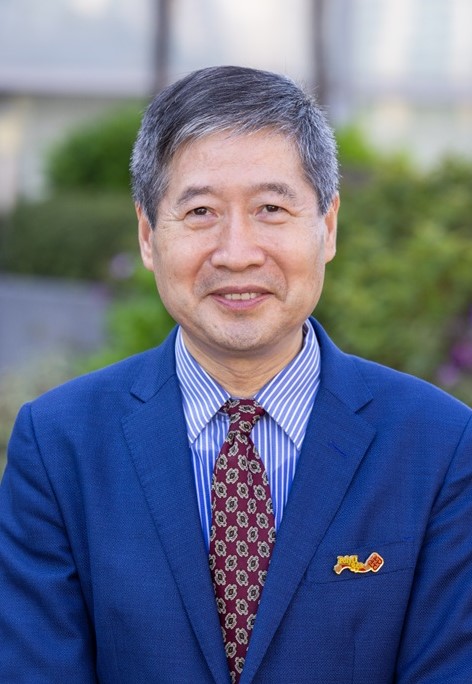 |
Prof. Xiangdong LI Director of Research Institute for Topic: Date: 6 July 2023 |
|
Abstract: |
|
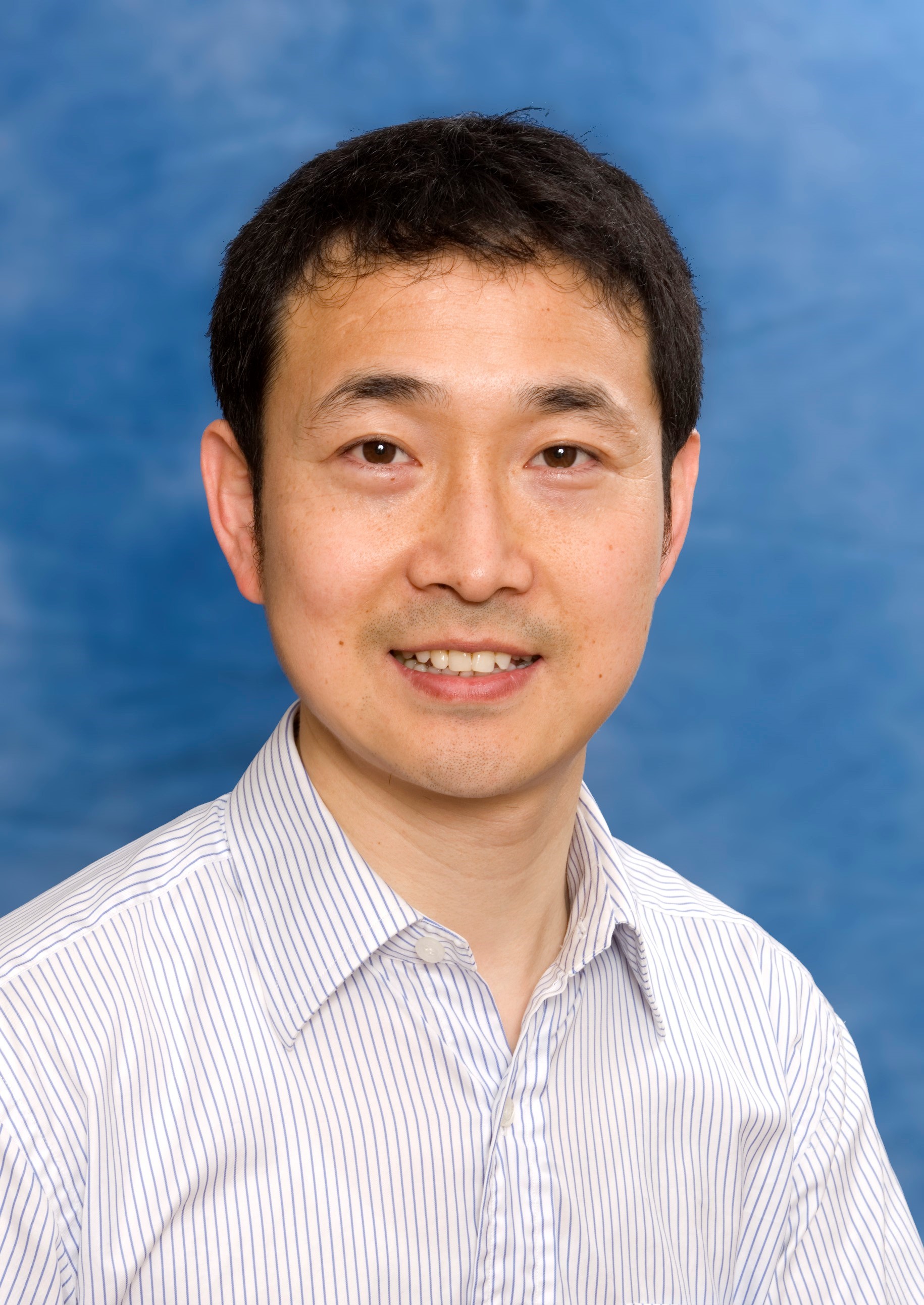 |
Dr Linwei TIAN Associate Professor Topic: Date: 6 July 2023 |
|
Abstract: |
|
 |
Prof. Kin Fai HO Associate Professor Topic: Date: 6 July 2023 |
|
Abstract: |
|
 |
Dr Guojun HE Associate Professor Topic: Date: 6 July 2023 |
|
Abstract: |
|
 |
Prof. Jianzhen YU Chair Professor Topic: Date: 7 July 2023 |
|
Abstract: |
|
 |
Prof. Hai GUO Professor Topic: Date: 7 July 2023 |
|
Abstract: |
|
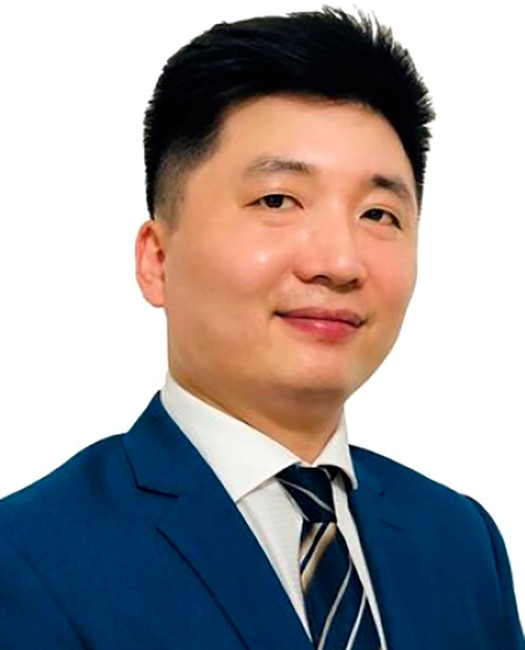 |
Dr Ling JIN Assistant Professor Topic: Date: 7 July 2023 |
|
Abstract: |
|
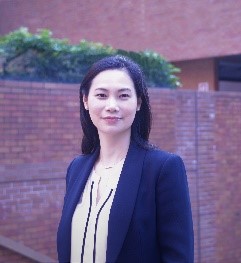 |
Dr Sonata YAU Associate Professor Topic: Date: 7 July 2023 |
|
Abstract: |
|
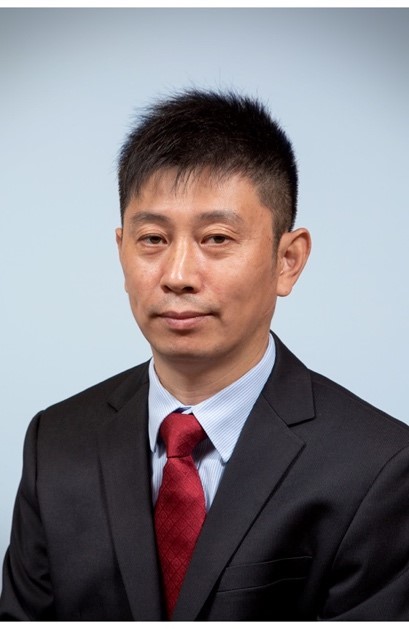 |
Dr Daihai HE Associate Professor Topic: Date: 7 July 2023 |
|
Abstract: |
|
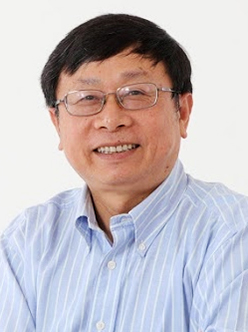 |
Prof. Yu HUANG Head of Department of Biomedical Sciences Topic: Date: 7 July 2023 |
|
Abstract: |
|
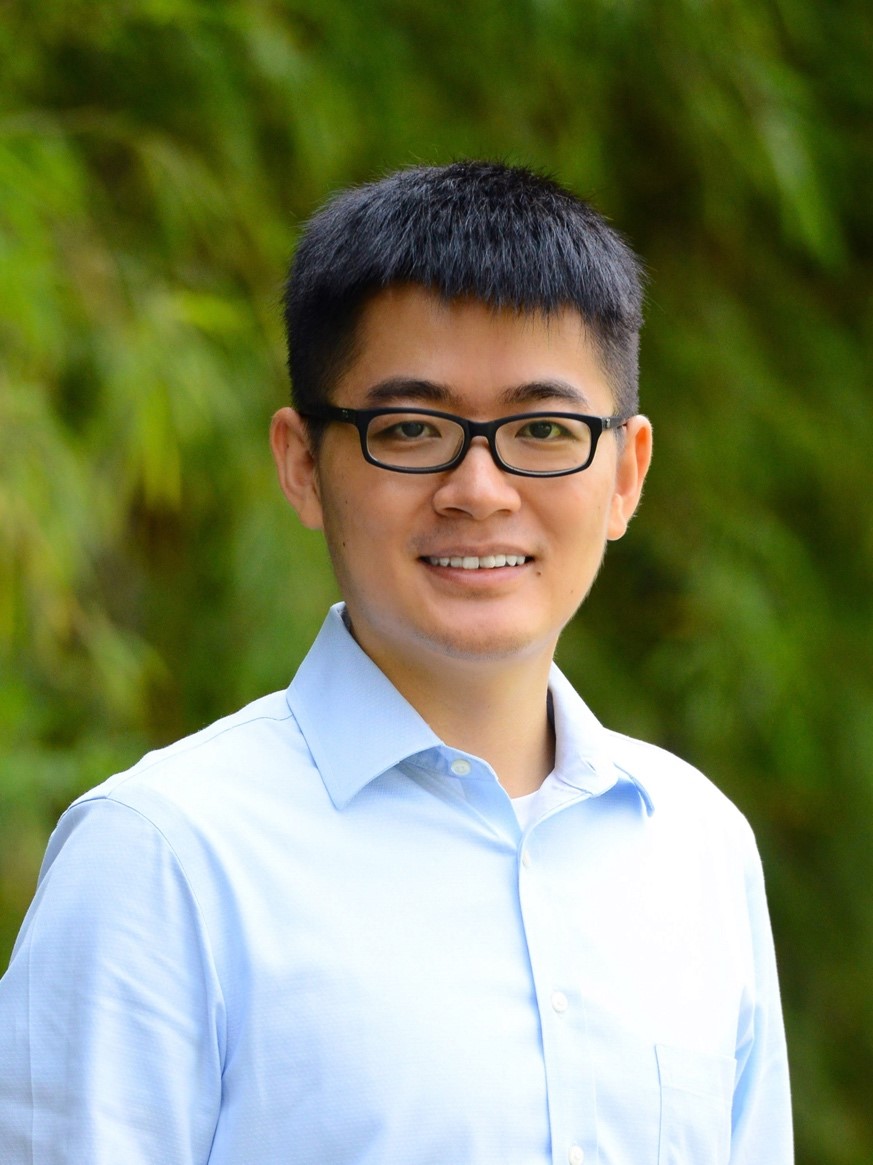 |
Dr Tong LIU Assistant Professor Topic: Date: 7 July 2023 |
|
Abstract: |
|


